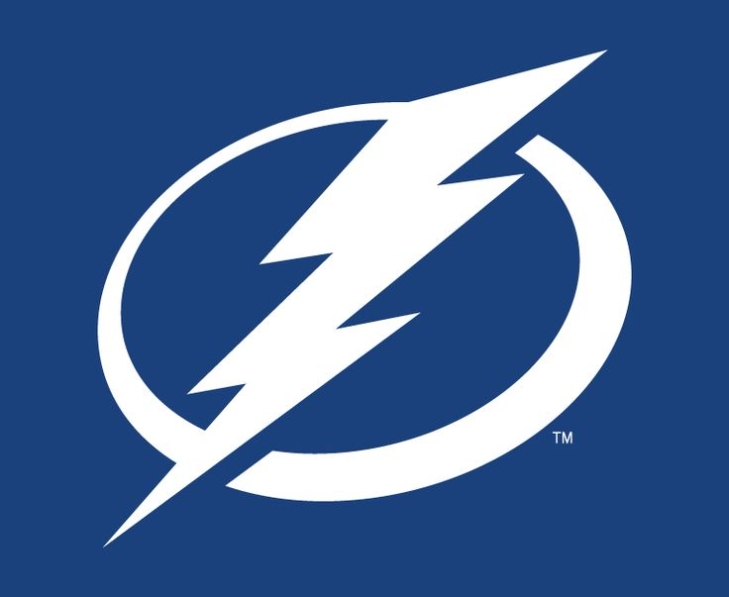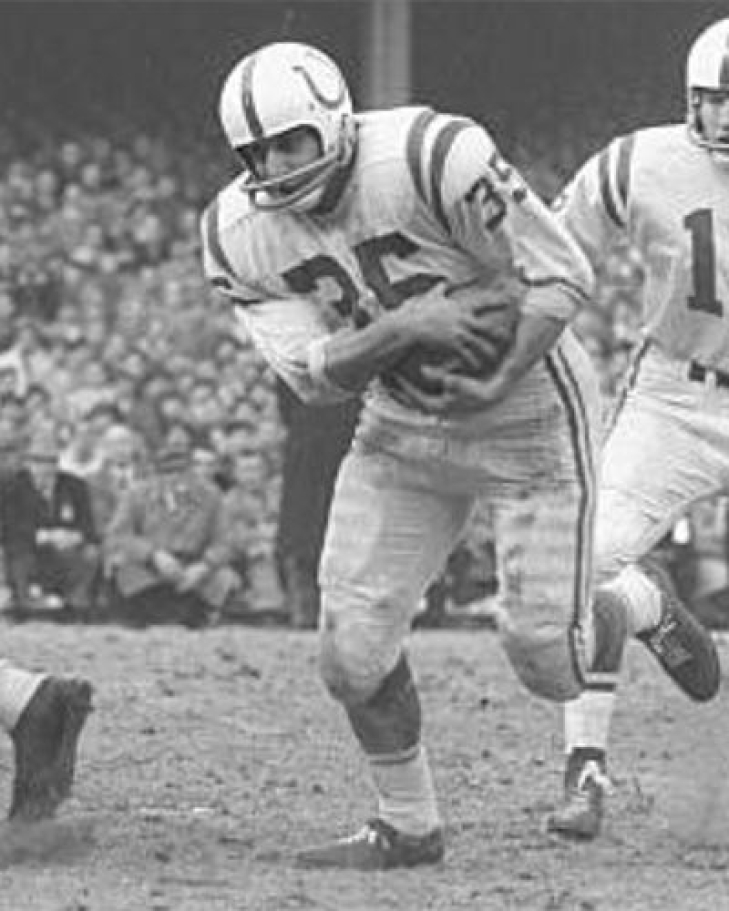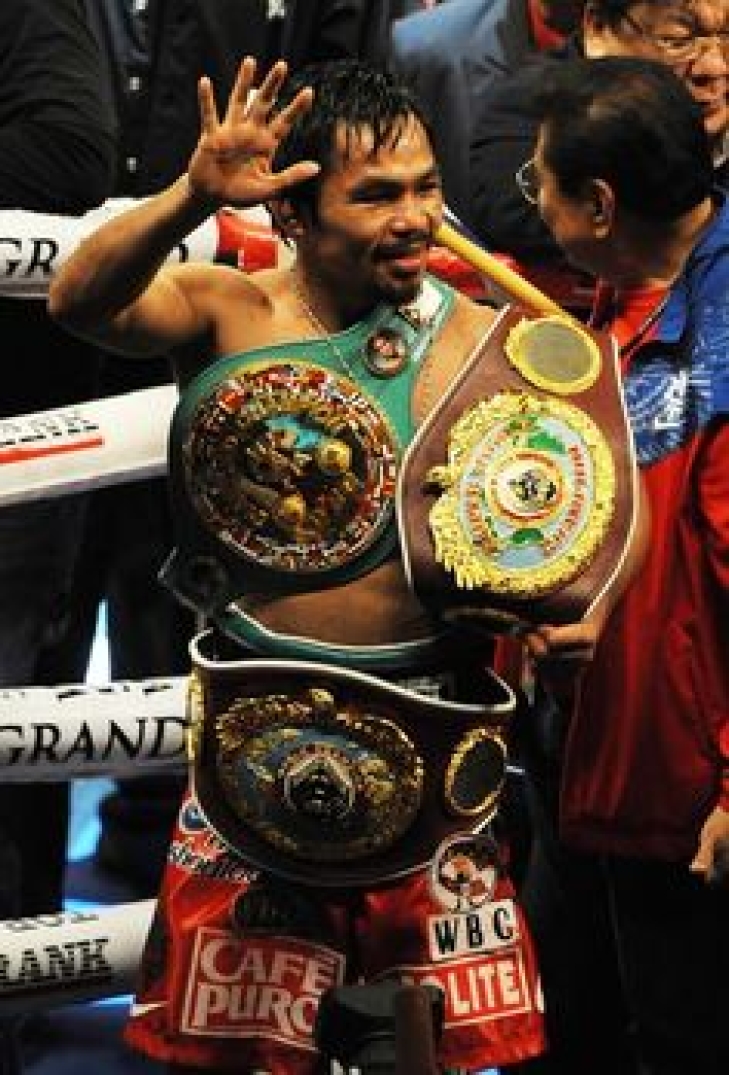
Committee Chairman
The Tampa Bay Lightning name their 2025 Hall of Fame Class
Regular visitors of Notinhalloffame.com know that we are slowly working on the top 50 of every major team in the NHL, NBA, NFL, and MLB. Once that is done, we will examine how each team honors its past players, coaches, and executives. As such, it is important to us that the Tampa Bay Lightning have selected Brian Bradley and Rick Peckham to their franchise Hall of Fame.
Bradley and Peckham join Martin St. Louis, Vincent Lecavalier, Phil Esposito, Brad Richards, and Dave Andreychuk. The other six Finalists were Henry Paul, Jay Feaster, Pavel Kubina, Nikolai Khabibulin, Ben Bishop, and Ryan Callahan.
Bradley was an original member of the Lightning, having been drafted by the Lighting in the 1992 Expansion Draft. Joining the new squad at 28, Bradley, who had never scored 50 Points in a season, exploded for 86 in Tampa’s inaugural year and went to his first All-Star Game. He was an All-Star again the year after and had two more 60-plus Point campaigns with the Bolts. Overall, Bradley compiled 300 Points in 328 Games in Tampa Bay.
Peckham was the play-by-play broadcaster for the Hartford Whalers from 1984 to 1995 and became Tampa Bay’s lead voice from 1995 to 2020. He earned the prestigious Foster Hewitt Memorial Award in 2020.
We here at Notinhalloffame.com would like to congratulate the impending members of the Tampa Bay Lightning Hall of Fame.
The Pro Football Hall of Fame Revisited Project: 1970 Semi-Final VOTE
1970 SEMI-FINAL RESULTS:
Thank you for all of your participation in the Pro Football Hall of Fame Revisited Project. If you are unaware of what that is, we acted like the PFHOF had its first class in January 1946.
We have completed the years up to 1968.
For “1970,” a Preliminary Vote with nearly 100 players whose playing career ended by 1961. We are also following the structure in that players have 20 years of eligibility, and if they do not make it into the Hall, they are relegated to the Senior Pool.
Each voter was asked to select 25 names from the preliminary list, and the top 25 vote-getters were named Semi-Finalists.
A week later, the voters were asked to pick 15 names from the 25 Semi-Finalists, and next week, they will pick five from the remaining 15. We will continue this process weekly until we catch up to the current year.
31 Votes took place, with the top fifteen advancing.
This is for the “Modern Era”
Bold indicates they advanced to the Finals:
|
Player |
Year of Eligibility |
Vote Total |
|
Andy Robustelli DE |
1 |
29 |
|
Y.A. Tittle QB |
1 |
29 |
|
Frank Gifford HB-FL-DB-WR |
1 |
26 |
|
Yale Lary DB-P |
1 |
26 |
|
Mike McCormack T-G |
3 |
25 |
|
Hugh McElhenny HB |
1 |
23 |
|
Alan Ameche FB |
5 |
22 |
|
Pat Harder FB |
12 |
21 |
|
Charlie Conerly QB |
4 |
21 |
|
Marshall Goldberg T |
17 |
19 |
|
Gene Lipscomb DT |
3 |
17 |
|
Tank Younger FB-LB-HB |
7 |
15 |
|
Bruno Banducci G |
11 |
13 |
|
Buckets Goldenberg G-BB |
20 |
12 |
|
Ward Cuff WB-QB-HB |
18 |
12 |
|
Bill Osmanski FB |
18 |
11 |
|
Bucko Kilroy G-MG-T-DT |
10 |
11 |
|
Vic Sears T-DT |
11 |
10 |
|
Billy Howton E-FL |
2 |
10 |
|
Les Richter LB-C |
3 |
9 |
|
Billy Wilson E-FL |
5 |
8 |
|
Harlon Hill E-DB |
3 |
8 |
|
Jim Ray Smith G-T |
1 |
7 |
|
Woody Strode E |
16 |
4 |
|
Spec Sanders TB |
15 |
1 |
This is for the “Senior Era”
*Bold indicates they advanced to the Finals:
|
George Christensen |
7 |
20 |
|
Al Nesser |
13 |
15 |
|
Byron “Whizzer” White |
4 |
14 |
|
Ace Gutkowski |
6 |
10 |
|
George Svendsen |
4 |
8 |
|
None of the Above |
5 |
This is for the “Senior Era”
*Bold indicates they advanced to the Finals:
|
Coach/GM Paul Brown |
1 |
28 |
|
COMM Bert Bell |
1 |
22 |
|
Coach Buddy Parker |
1 |
15 |
|
Coach Clark Shaughnessy |
1 |
8 |
|
Owner Charles Bidwill |
1 |
4 |
We will post the Class of the 1970 Pro Football Hall of Fame Revisited Project next Saturday.
Thank you to all who contributed. If you want to be part of this project, please let us know!
Manny Pacquiao to headline the 2025 International Boxing Hall of Fame
The International Boxing Hall of Fame has announced the class of 2025, which will include Manny Pacquiao, the only eight-division champion in the sport's history.
From the Philippines, Pacquiao amassed a record of 62-8-2 (39 KO), and the list of accolades is staggering:
WBC Flyweight Champion
Lineal Flyweight Champion
IBF Super Bantamweight Champion
The Ring Featherweight Champion
Lineal Featherweight Champion
The Ring Super Featherweight Champion
WBC Super Featherweight Champion
Lineal Super Featherweight Champion
WBC Lightweight Champion
The Ring Light Welterweight Champion
IBO Light Welterweight Champion
Lineal Light Welterweight Champion
WBA Welterweight Champion
WBO Welterweight Champion
Lineal Welterweight Champion
WBA Super Welterweight Champion
WBC Super Welterweight Champion
That is a lot of titles, isn’t it?
The men he beat are a who’s who of the lighter weights over the last thirty years, which include
Chatchai Sasakul
Juan Manuel Marquez
Erik Morales
Oscar Larios
Marco Antonio Barrera
David Diaz
Oscar De La Hoya
Ricky Hatton
Miguel Cotto
Joshua Clottey
Antonio Margarito
Shane Mosley
Timothy Bradley
Chris Algieri
Jessie Vargas
Adrien Broner
Keith Thurman
An icon in his native Philippines, Pacquiao was a former senator, a movie star, and one of the kings of pay per view. His 2015 contest with Floyd Mayweather Jr set PPV records, generating over four million buys and 400 million in revenue. Pacquiao is considered one of the best boxers of all time and is the undisputed headliner of this class.
The other inductees are:
Michael Nunn (Men’s Modern Boxers): Nunn won the IBF Middleweight Championship in 1988 from Frank Tate and successfully defended it five times before dropping the strap to James Toney. He later moved up in weight, winning the WBA Super Middleweight Championship from Victor Cordoba in 1992, and held that for three defenses before Steve Little took it from him in 1994. Nunn was also the Lineal Champion in both Middleweight and Super Middleweight, with an overall record of 58-4 (38 KO).
Vinny Paz (Men’s Modern Boxers): Born (and competed as) Vinny Pazienza, the orthodox stance boxer won the IBF Lightweight Title in 1987 by beating Greg Haugen, though he would lose it back to him in his first defense. He later tried to win the Light Welterweight three times, but when he moved up in weight, he found success by winning the IBF and WBA Light Middleweight Titles. Paz had a lifetime record of 50-10 (30 KO).
Yessica Chavez (Women’s Modern Boxers). Chavez won the IBF Light Flyweight Title in 2011 and four years later captured the WBC Flyweight Title. She had a record of 32-5-3 (4 KO).
Anne Sophie Mathis (Women’s Modern Boxers). From France, Mathis was the WBA Super Lightweight Champion (2006-08), WBC Super Lightweight Champion (2008) and WBA Welterweight Champion. She had a record of 27-4-1-1 (23 KO).
Mary Jo Sanders (Women’s Modern Boxers). Sanders has a lifetime record of 25-1-1 (8 KO) and is a former WBC Female Super Lightweight and welterweight Champion.
Cat Davis (Trailblazer): Davis fought in the late 70s and was the first woman to grace the cover of Ring Magazine. She had a record of 12-0-1 (12 KO)
Kenny Bayless (Non-Participant). Referee Kenny Bayless officiated many of the super fights from 2004 to 2020.
Al Garvin (Non-Participant). Al Garvin enters the Hall as a highly respected cut man.
Harry Gibbs (Non-Participant). From England, Gibbs was a long time referee and judge.
Ross Greenburg (Observer): Greenburg was a top executive at HBO Sports, and was a massive part on boxing’s growth on the channel.
Randy Gordon (Observer): Gordon is a long time boxing journalist and was the chairman of the New York State Athletic Commission.
Rodrigo Valdez (Old-Timer). The Colombian middleweight was a two-time Middleweight Champion in the 1970s who had a record of 63-8-2 (43 KO).
Owen Swift (Pioneer). They went way back with this induction, as Swift was a Lightweight pugilist in the 1830s. The Englishman had a record of 14-2.
Induction weekend will take place on June 5-8, 2025.
The Essential Requirements for Football Field Artificial Turf: Basic information aimed at beginners
Artificial turf has revolutionized football fields as it is resilient and necessitates minimum care regardless of weather conditions. Nevertheless, not every turf can serve this purpose, as there are standards that outline appropriate and inadequate turf for competitive play, as well as safe and suitable turf for performance. FIFA is one of those organizations that lays out certain standards that, among coaches and players, are equally essential for the game and player experience. So, what is required to ensure that artificial grass turfs satisfy the toughest prerequisites? Let's get into it further.
Surface Stability and Performance
One of the primary requirements for most of the artificial turf’s characteristics is its stability. This refers to how resilient the surface can be to becoming uneven while providing an adequate amount of grip. In this way, the chances of injury are reduced. In football, players are required to make quick maneuvers and volleys, which demand explosive acceleration and sudden footwork. If the artificial turf can shift or sink, it can be quite a hazard. All areas designed for a high-quality turf-seeking reputation are intended to be designed for a wide range of applications: stadiums or multi-dealer venues with a lot of events such as tournaments or concert performances. Their stability is important not only for professional competitions but also when tens of thousands of users register on a betting site and use computers to take a closer look at artificial turf details. The better the performance provided, the more secure players are and the better the aesthetics of the entire field.
And, since we are talking about reliability, here we can remember that it is significant absolutely everywhere. This is especially important when choosing the best mobile application for betting. But, if you choose the MelBet download app, you can be sure that you have not made a mistake with the choice because this platform has been operating for more than 10 years and serves more than a million users from all over the world. Download the application today and immerse yourself in the world of sports and excitement with the best bookmaker.
Key Elements That Ensure the Best Quality of Artificial Turf
There are some important criteria that help determine whether the artificial turf is functioning properly for football. These criteria go beyond the “look” of the turf and are in technical material and design standards such as:
- Impact Absorption: A feature of artificial turf surfaces that reduces the risk of injury to players relative to extensive physical shocks to the joints.
- Ball Roll and Bounce: Allows the ball to be carried in the designed way. This is essential in matches.
- Weather Resistance: Artificial turf that can resist flooding rains, severe snow, and intense sunlight without any erosion in quality.
- UV Stabilization: This is a comprehensive feature incorporated into artificial turf systems for cases in which the sun shines for long periods.
- Drainage Efficiency: Faster water runoff, which means that the field is actually available for usage after a heavy downpour.
Objectives that adhere to these specifications offer a dependable surface that can be utilized to focus on fair play and prevent injuries across various conditions, be it for local clubs or bigger competitions.
Turf and Maintenance: Sustaining It for Longer
Certainly, artificial turf requires less upkeep than natural grass. However, this does not mean it is maintenance-free. There are care procedures such as maintenance. Fields need to be brushed regularly to keep fibers upright and prevent sieves from being squashed. This maintains a realistic texture and aids in the movement of the ball. Neglect could cause the fibers to wear off unevenly, leading to certain areas being ineffective for play. Other than brushing, it is also essential to do a scrub wash at regular intervals as dirt, sweat, and other debris accumulate with the passage of time. This is far from all the facts. You can find out more by subscribing to MelBet Insta Bangladesh. After all, interesting content related to sports is often published there.
Another important factor is the usage of quality infill. Infills such as rubber granules or sand provide cushioning and stability, but it has to be topped up from time to time. Good infill material also minimizes slipperiness, which means it is important for the maintenance of the field.
Environmental Issues Pertaining to Artificial Grass
Artificial grass does contain some plastic components. However, there are several modern systems that allow for lower usage of such resources while still being able to utilize them to some extent. Select manufacturers have begun producing sustainable products that use recycled or recyclable components. Furthermore, artificial grass minimizes water usage significantly and is thus the right choice in regions where water is a scarce resource. More recent trends in the development of turf technology have been directed towards ensuring minimal impact on the environment, meaning future sports facilities will have green alternatives.
For example, some fields employ organic infills in lieu of rubber or sand, which is a more biodegradable cushioning layer. By adopting such measures, sports venues can achieve their desired standards of play while keeping in mind environmental objectives.
Comparing Artificial Turf with Natural Grass
Natural grass has better playability from a surface perspective. However, it is a great liability in maintenance. Grass fields require constant mowing, irrigation, and fertilization. These all require resources, money, and time. On the flip side, artificial turf only requires minimal maintenance, making it cost-effective for many facilities. Synthetic grass actually works in all weather conditions, while natural grass always dies out in extreme conditions, making it less durable for the game.
Good quality synthetic grass will ensure that the surface of the whole field is the same, which natural grass fields will not be able to do due to either side not being able to take the strain. This is especially useful for competitive environments, where everyone has to play at the same level on the pitch.





